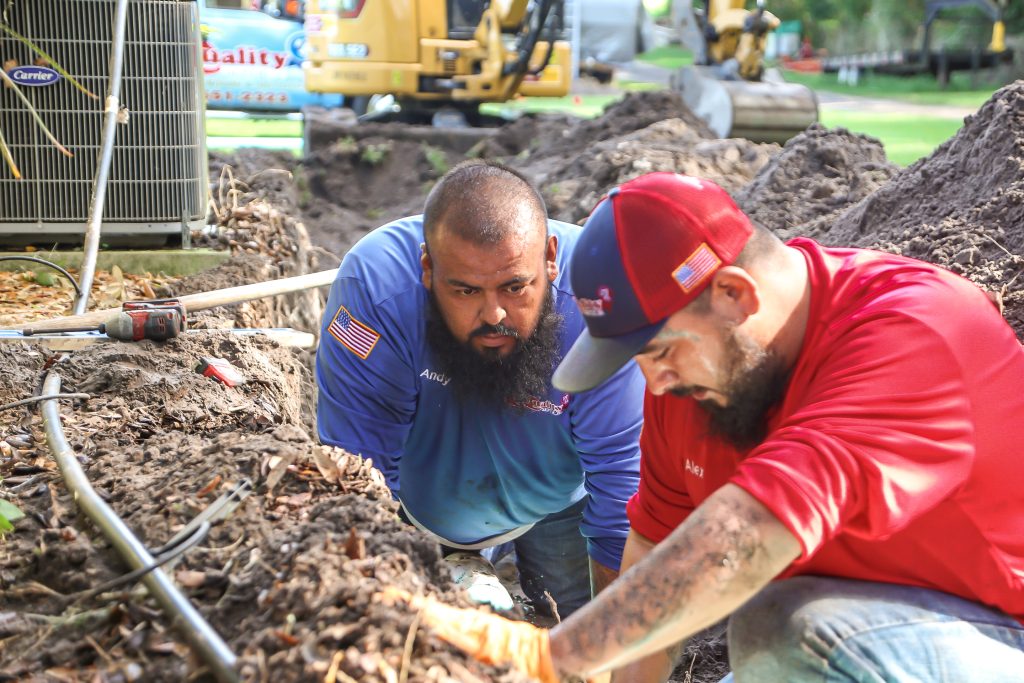Septic Tank Installation
The installation of a septic system requires precision and experience. It involves several components connected by a series of pipes to facilitate the movement of water and waste from a home or business. During septic system installation, the technician first assesses the building’s needs to choose the appropriate tank size. If the tank is too small, it can quickly become overloaded, leading to plumbing issues. Conversely, if the tank is too large, it may not fit in the available space for burial underground.

The next step involves installing the tank by digging a deep hole and placing it in an area where heavy vehicles won’t park or drive over it. Placing heavy weight on the tank can cause it to crack, so it is important to position it properly. Following tank installation, the technician connects it to the home’s drains and toilets using pipes. The pipes on the opposite side of the tank lead to the drain field, which includes additional perforated pipes to allow clear liquid to move out of the system and back into the soil. Additional components that may be included in a septic system installation are a lift station and/or grease trap.

